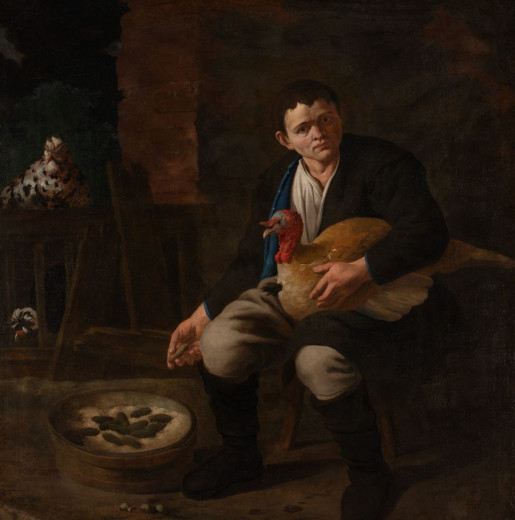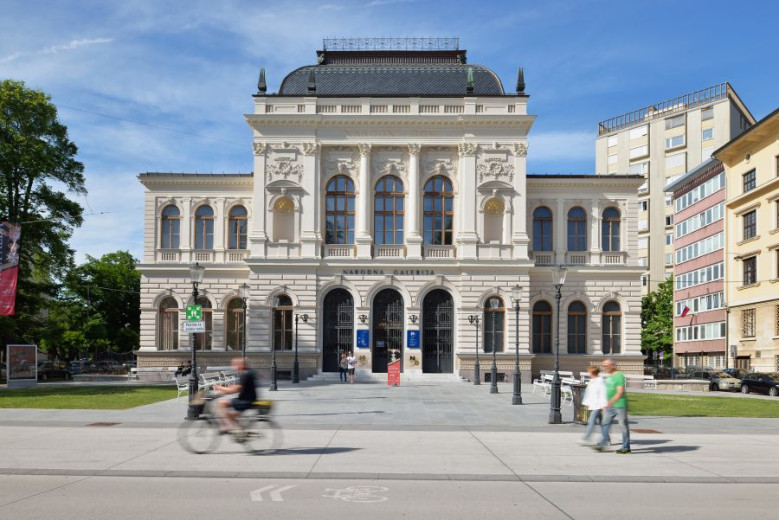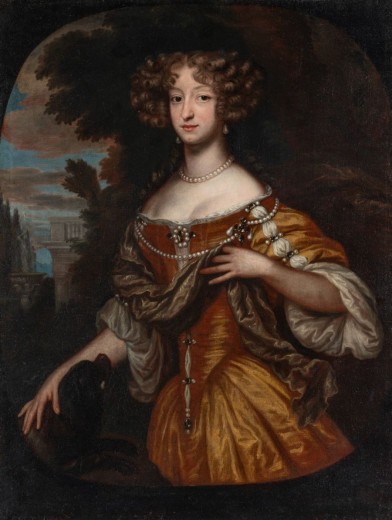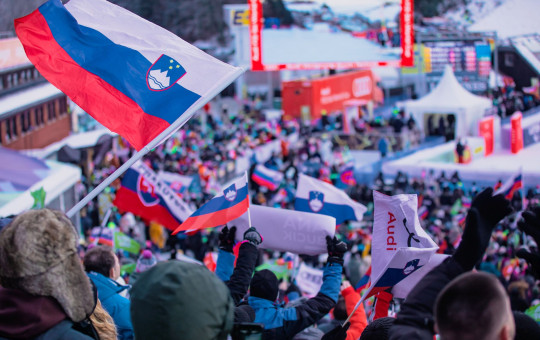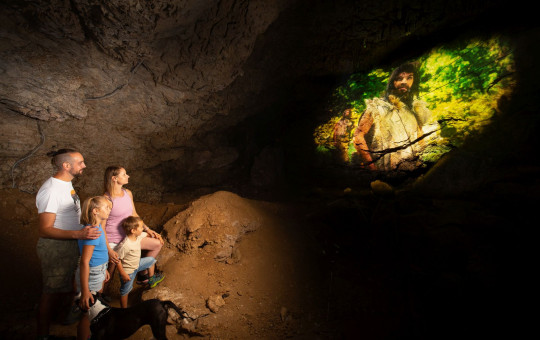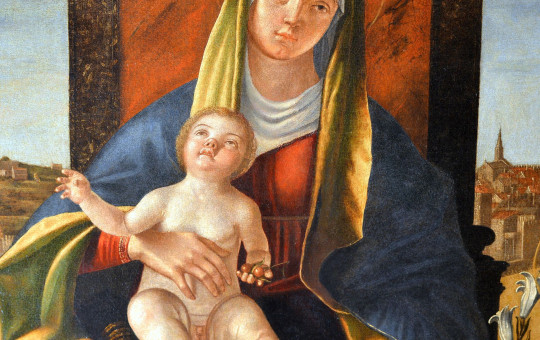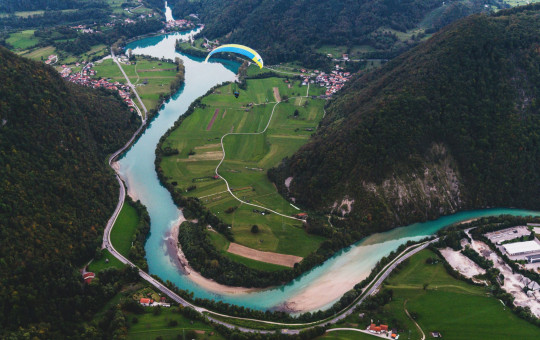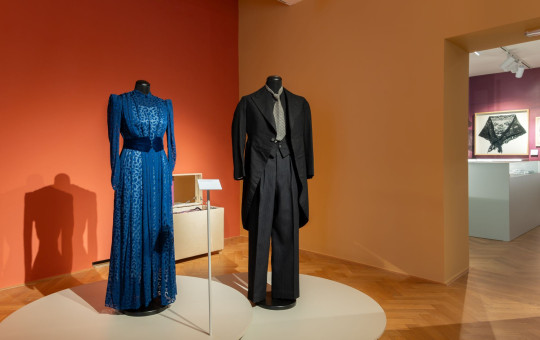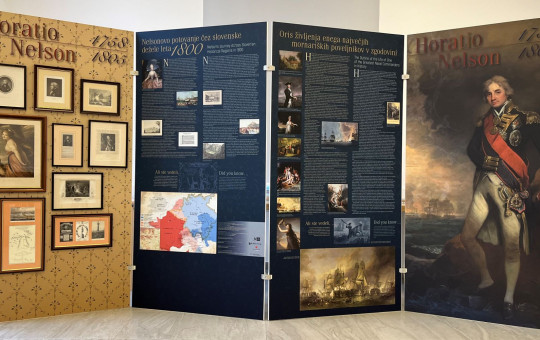Date: 17. April 2025
Time to read: 3 min
When we talk about the Baroque, most people think of opulent churches, dramatically illuminated frescoes, imposing statues and art that appeals directly to the emotions. The artistic style, which began in Rome in the early 17th century, quickly swept across Europe - including what is now Slovenia.
The Baroque period in Slovenia was marked by an artistic flowering and exceptional creativity, which can still be admired today in churches, palaces, galleries and museums throughout the country. The National Gallery's Baroque in Slovenia exhibition, with more than 170 works of art - from monumental altarpieces and richly polychromed statues to frescoes and portraits of the nobility - is also on display.
The world between the Habsburgs and the Venetians
In the 17th and 18th centuries, Europe was marked by political diversity, which was strongly reflected in its art. At that time, most of the Slovenian territory was under Habsburg rule, while the coastal towns belonged to the Venetian Republic. This diversity was reflected in artistic influences - Viennese and Bavarian currents coming from the north, and the light and colourful Venetian style from the south. Baroque in Slovenia thus became a distinct blend of the Central European and Mediterranean spirit.
Particularly important was the role of the Catholic Church, which after the Council of Trent used art as a powerful tool for spiritual outreach. The Church commissioned paintings and sculptures that had to captivate, move and convince the faithful - with their opulence, symbolism and dramatic effect.
Baroque painting and sculpture
The Slovenian Baroque was varied and of high quality. Paintings were dominated by altarpieces, images of saints and, later, portraits of the bourgeoisie. Artists such as Valentin Metzinger, whose softness and dramatic light created many frescoes and altar scenes, and Fortunat Bergant, known for his outstanding portraits, became well-known. The artists often drew on Italian and German influences, but their expression remains uniquely Slovenian.
The sculpture of this period reached its peak in the works of Francesco Robba, who created one of the most recognisable Baroque masterpieces in Ljubljana - the Fountain of the Three Rivers of Kranj. In addition to him, Jožef Straub, Veit Königer and Jožef Holzinger are also important, who created rich sacred and secular sculpture in various regions.
The exhibition "Baroque in Slovenia" at the National Gallery
From 10 April to 9 November 2025, the National Gallery in Ljubljana will be hosting the exceptional exhibition "Baroque in Slovenia", which brings together more than 170 works of art from the 17th and 18th centuries. It is the largest overview presentation of Baroque art in Slovenia to date.
The exhibition covers all key aspects of Baroque art - from monumental altarpieces to intimate still lifes, from portraits of nobles to figural sculptural masterpieces. The focus is also on frescoes, which often adorn churches and manor houses across Slovenia, but are usually less accessible to a wider audience. Through multimedia content, digital projections and photo exhibitions, the exhibition offers a contemporary and in-depth insight into the artistic language of the Baroque.
Visitors will be able to discover themes such as religion and spirituality, power and authority, everyday life and nature - all through artworks that testify to the high artistic level and cultural diversity of the Slovenian space at this time.
Baroque as part of a living cultural landscape
Baroque in Slovenia is not just a historical style, but an important part of our identity. Visitors can admire Baroque churches in Ljubljana, Ptuj, Škofja Loka and Novo mesto, walk among frescoes in monasteries and manor houses, or enjoy the sounds of Baroque music at specialised festivals. From country chapels to city palaces, each region has its own piece of the Baroque mosaic.
Slovenia is embedded in the European cultural space with the art of the Baroque, while preserving its own language and expression. Artists such as Valentin Metzinger, Fortunat Bergant, Anton Cebej, Franc Jelovšek, Francesco Robba and others worked in dialogue with the great names of European art, but always with a clearly perceptible local character.
You are invited to visit the Baroque in Slovenia exhibition at the National Gallery in Ljubljana. It will take you back to a time of spiritual depth, artistic daring and cultural diversity.

